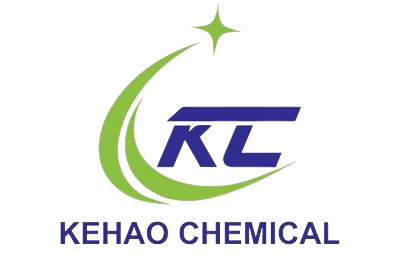Moisture damage and cracks are common problems in construction. They weaken structures, cause costly repairs, and frustrate both contractors and clients. The right additive can change that.
High-quality Redispersible Polymer Powder (RDP) improves waterproofing and reduces cracking by forming a dense polymer film inside mortar. It enhances flexibility, adhesion, and weather resistance, making construction materials more durable and long-lasting.
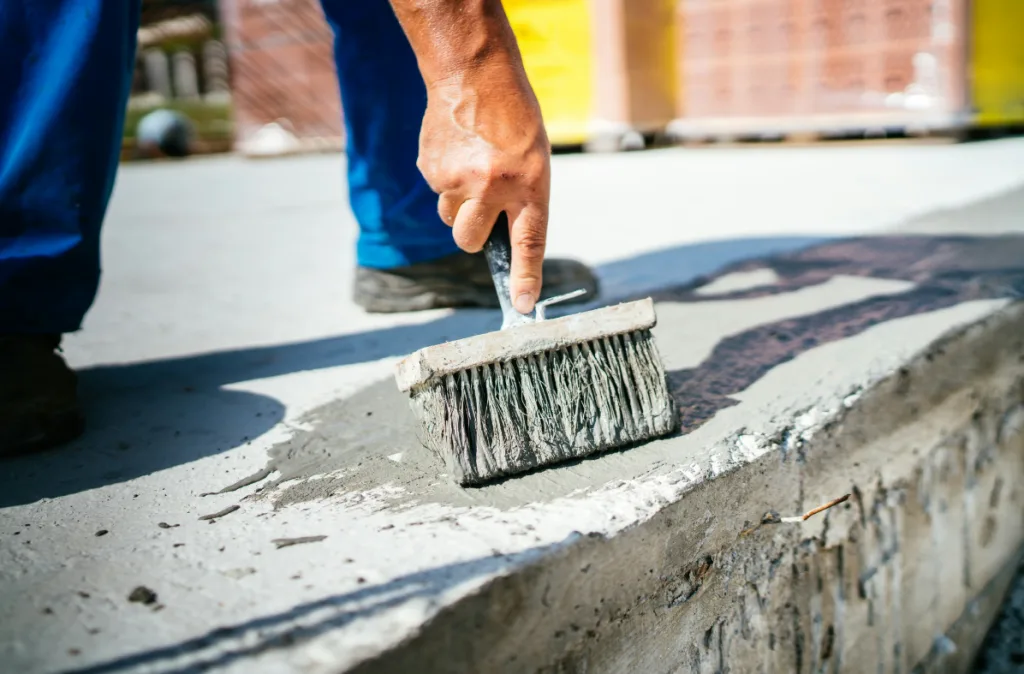
rdp waterproofing
I often see builders looking for a way to keep walls from leaking and tiles from cracking. RDP is not just an extra cost—it is a value-added solution. Let’s explore why.
Why Redispersible Polymer Powder Enhances Waterproofing in Mortar Applications?
Moisture infiltration destroys mortar performance. Builders struggle with leaks, staining, and mold when the mix is too porous. RDP changes the game by closing those gaps.
Redispersible Polymer Powder improves waterproofing because it creates a compact and flexible polymer network inside mortar. This network reduces capillary pores, blocks water penetration, and ensures long-term resistance to moisture-related damage.
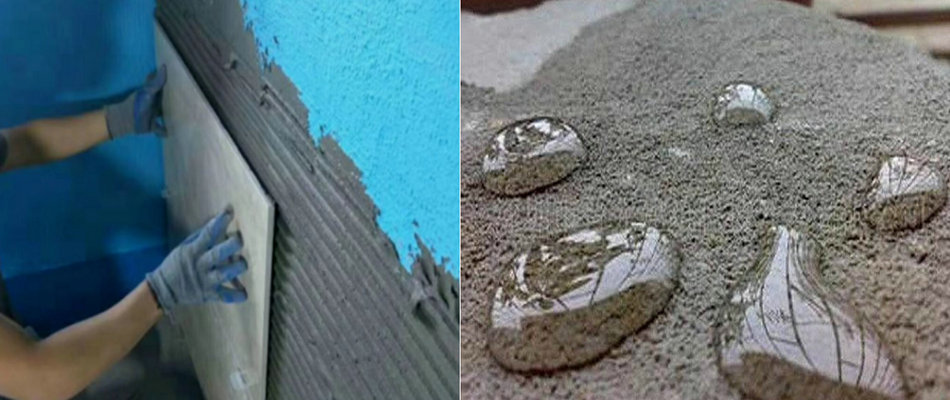
rdp mortar waterproofing
How RDP Strengthens Waterproofing
When RDP mixes with water, it redistributes as a latex-like emulsion. Once the mortar sets, RDP coalesces into a film that fills micro-pores. This mechanism makes the mortar denser, reducing water absorption. Studies from ScienceDirect confirm that polymer-modified mortars show improved water retention and reduced permeability.
| Feature | Without RDP | With RDP |
|---|---|---|
| Water absorption | High | Low |
| Pore structure | Loose and open | Compact and dense |
| Resistance to leakage | Weak | Strong |
| Durability | Poor under moisture | Long-lasting |
In real projects, this effect is visible in external walls and bathrooms where water exposure is constant. I remember a client from Southeast Asia who struggled with wall seepage during rainy seasons. After switching to RDP-modified plaster, the walls stayed dry for years. This practical proof shows why waterproofing depends on chemical structure, not just cement.
How RDP Improves Flexibility and Reduces Cracking in Construction Materials?
Cracks are one of the most common complaints in construction. Temperature changes, shrinkage, and poor bonding make mortars break apart. RDP addresses these issues directly.
RDP improves flexibility and crack resistance by forming an elastic polymer film that enhances adhesion, absorbs stress, and resists thermal movement. This prevents shrinkage cracks and increases the overall toughness of construction materials.
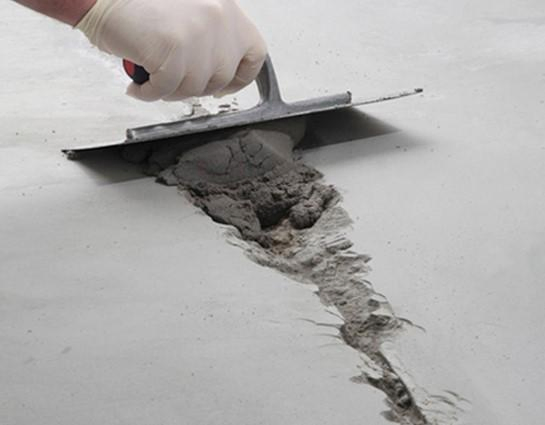
rdp crack resistance
Why Flexibility Matters
Traditional mortar is rigid. It cannot handle stress caused by temperature swings or substrate movement. RDP makes the mortar slightly elastic, allowing it to absorb expansion and contraction. This elasticity prevents cracks from spreading.
| Property | Without RDP | With RDP |
|---|---|---|
| Elasticity | Very low | High |
| Shrinkage cracking | Frequent | Rare |
| Bonding strength | Weak | Strong |
| Resistance to thermal stress | Poor | Excellent |
I once visited a project in Africa where tiles kept popping off due to thermal stress. The contractor added RDP to the tile adhesive. The difference was clear: tiles bonded firmly, no cracks developed, and the client saved on repair costs. This example proves how flexibility, bonding, and durability work together to prevent cracking.
For more details, the Journal of Building Engineering also highlights how polymer-modified mortars show better toughness under stress conditions.
What Construction Projects Benefit Most from High-Quality RDP?
Not every project needs premium additives, but in many cases, they are essential. Contractors need to know where the investment in RDP pays off most.
High-quality RDP is most beneficial in tile adhesives, external insulation systems, skim coat, self-leveling compounds, and repair mortars. These applications demand waterproofing, strong bonding, and high crack resistance.
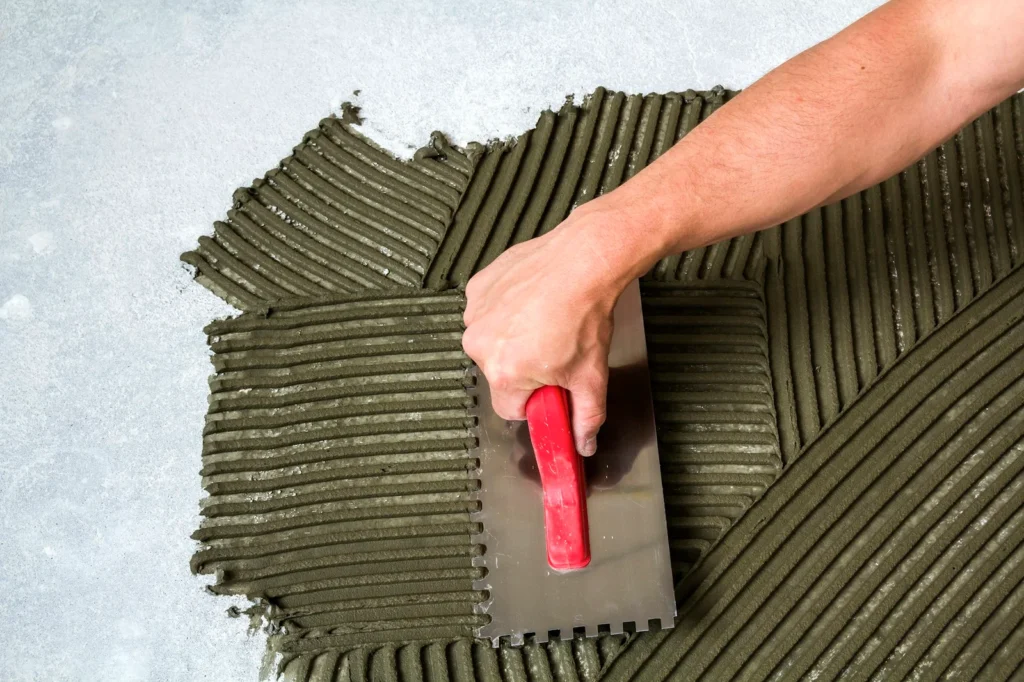
rdp construction projects
Key Applications of RDP
-
Tile Adhesives
Tiles often detach due to poor adhesion and thermal stress. RDP ensures strong bonding, flexibility, and water resistance, making it a must-have in flooring and wall tiling. -
External Insulation Systems (EIFS)
External walls face wind, rain, and temperature changes. RDP-modified mortars provide crack resistance and durability, preventing failures in insulation layers. -
Skim Coat and Putty Powder
Smooth finishing requires flexibility and adhesion. RDP reduces cracks and peeling, ensuring longer-lasting surfaces. -
Self-Leveling Compounds
Flooring needs smoothness and toughness. RDP improves flow, strength, and resistance to cracking. -
Repair Mortars
Old structures often have cracks. Adding RDP restores strength and prevents further damage.
| Application | Benefit from RDP |
|---|---|
| Tile adhesive | Strong bonding, crack resistance |
| EIFS | Weather durability, flexibility |
| Skim coat | Smooth finish, no peeling |
| Self-leveling compounds | Better flow, toughness |
| Repair mortars | Stronger repair, crack sealing |
From my own projects, I see that clients who build residential complexes and commercial towers gain the most value. In regions with heavy rain and hot summers, RDP becomes an insurance policy against future failures.
Conclusion
High-quality RDP improves waterproofing and crack resistance by forming dense, flexible structures in mortar. It strengthens adhesion, increases durability, and makes construction projects safer and longer-lasting.
